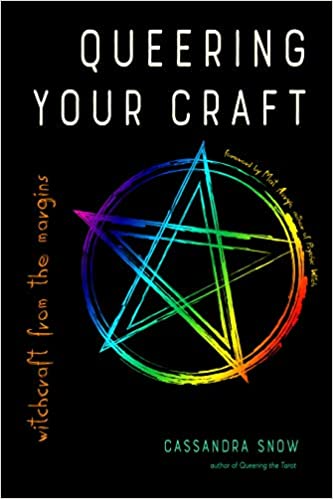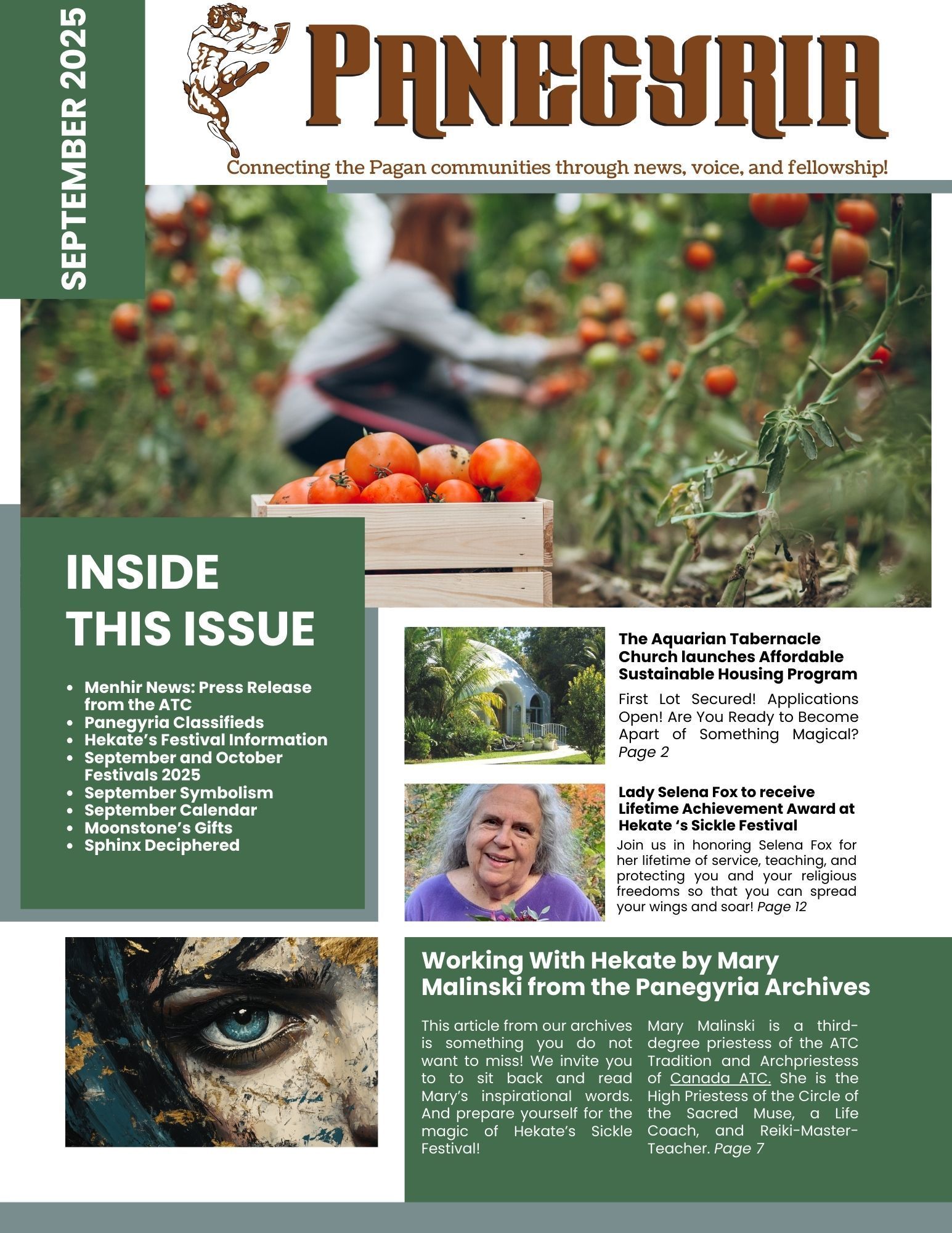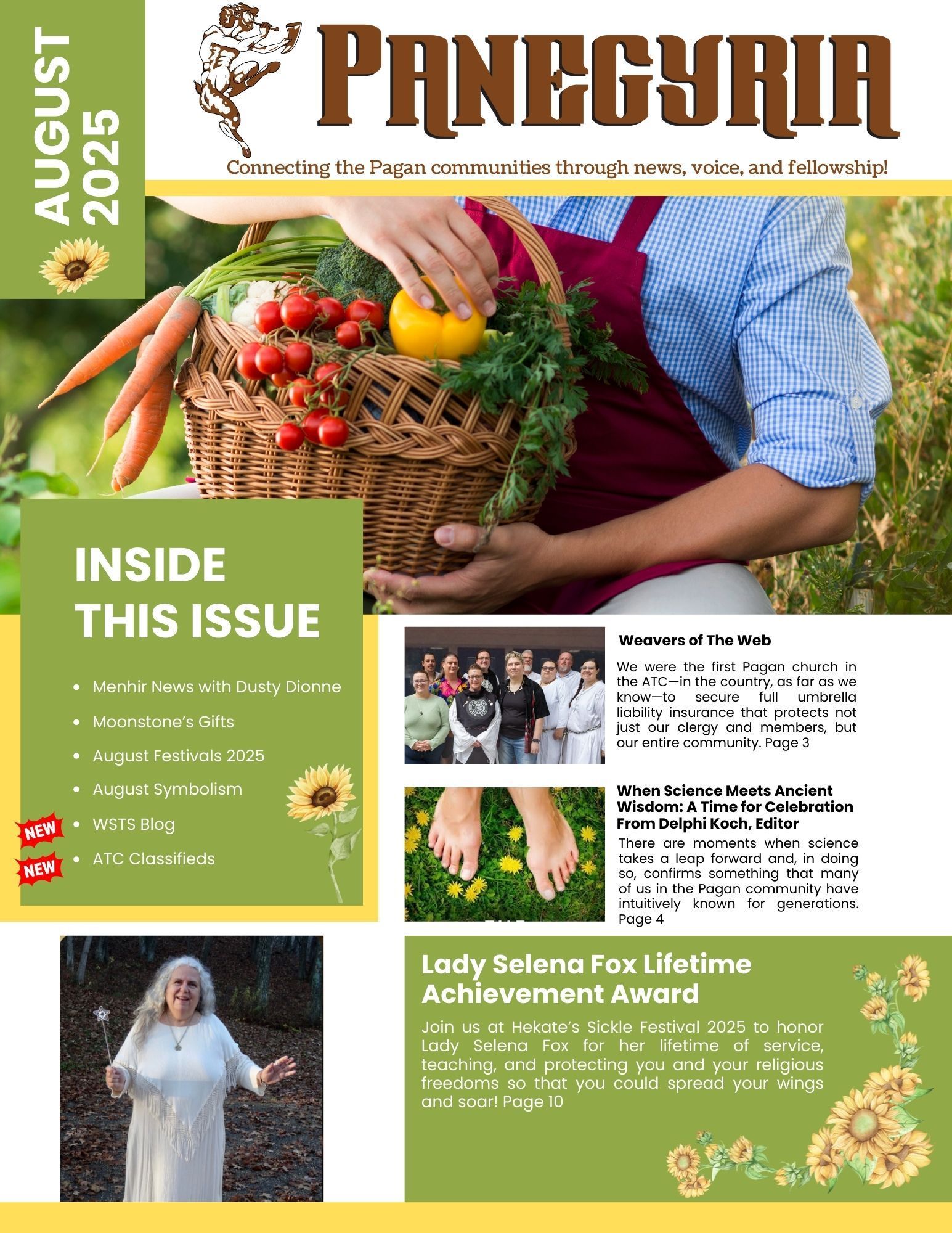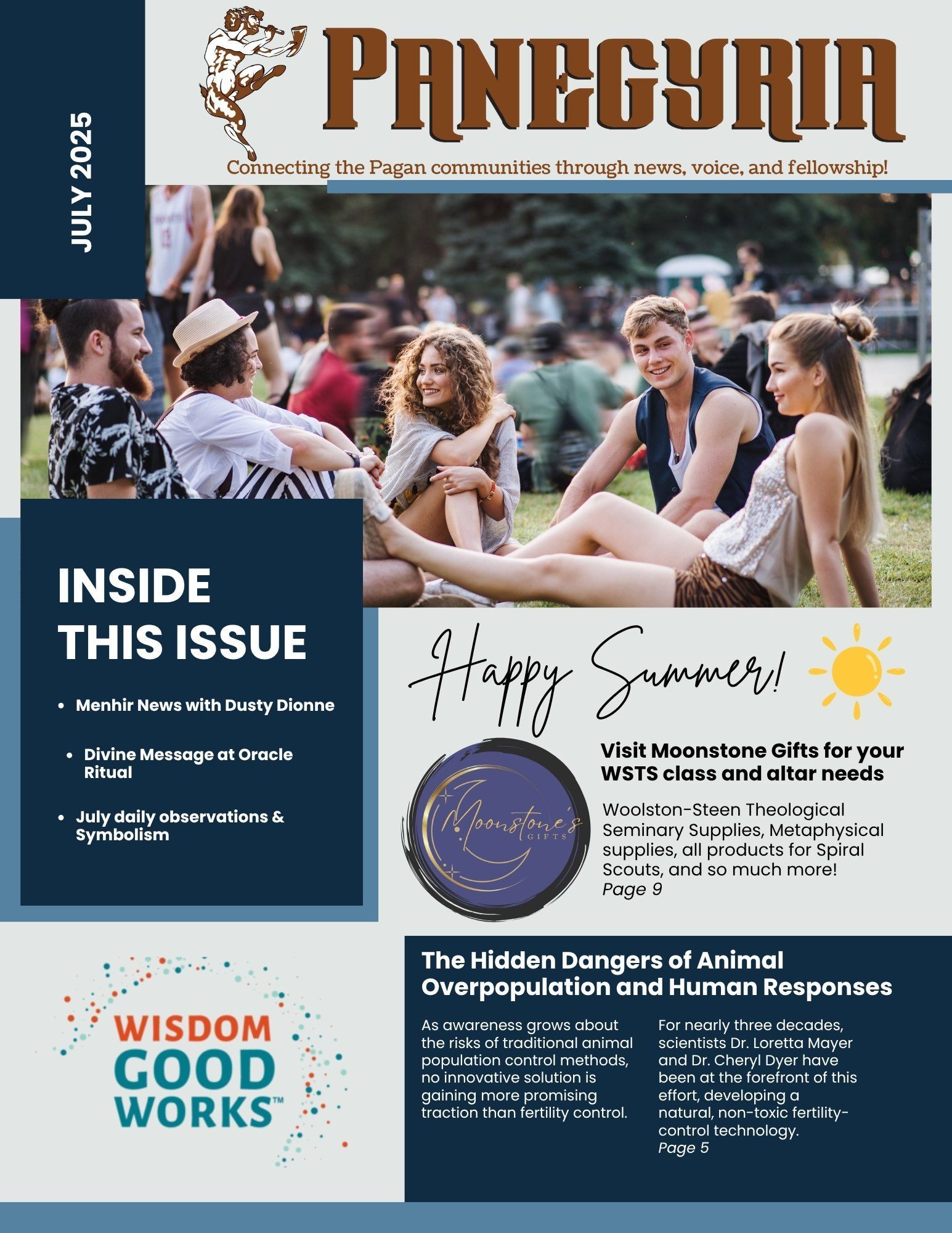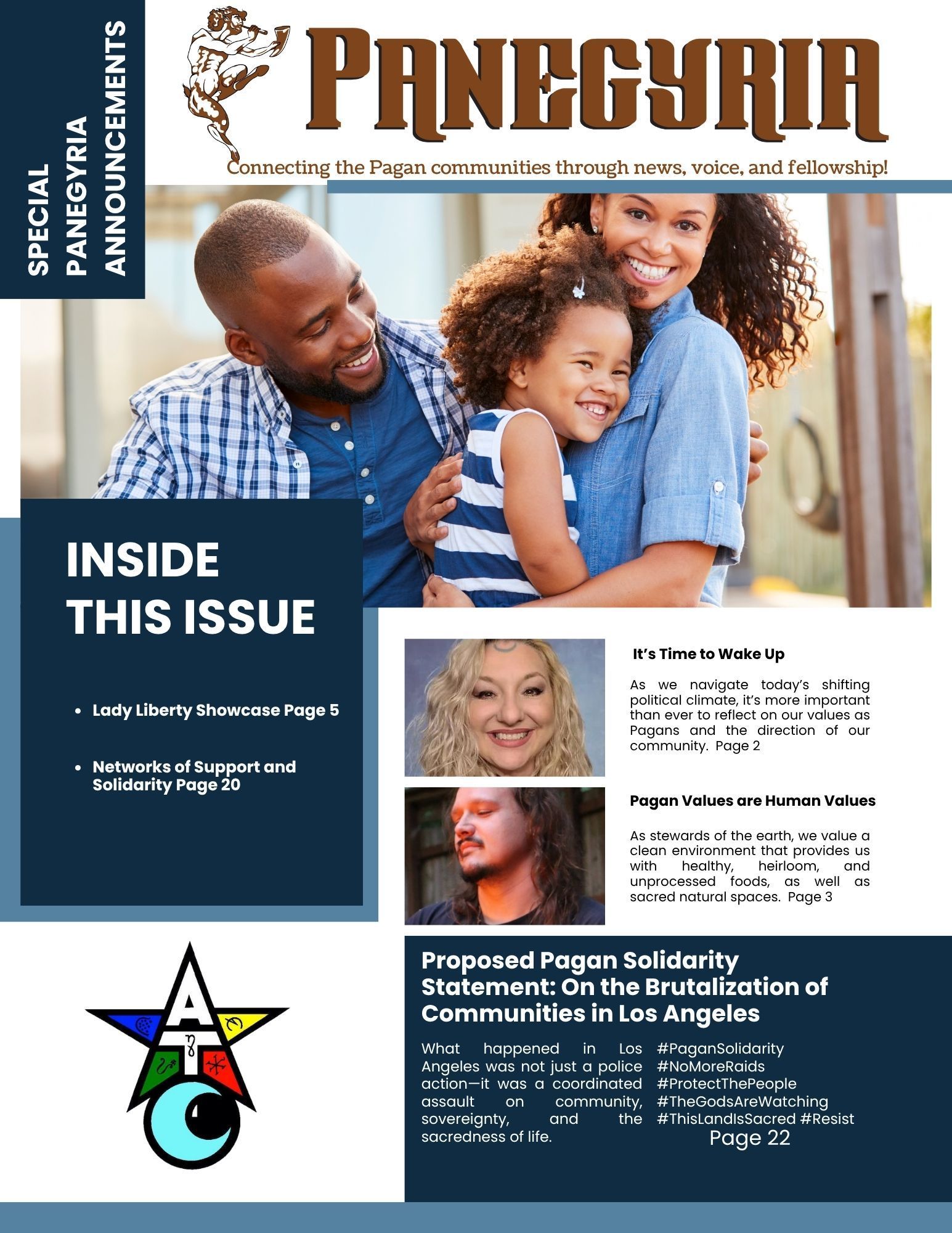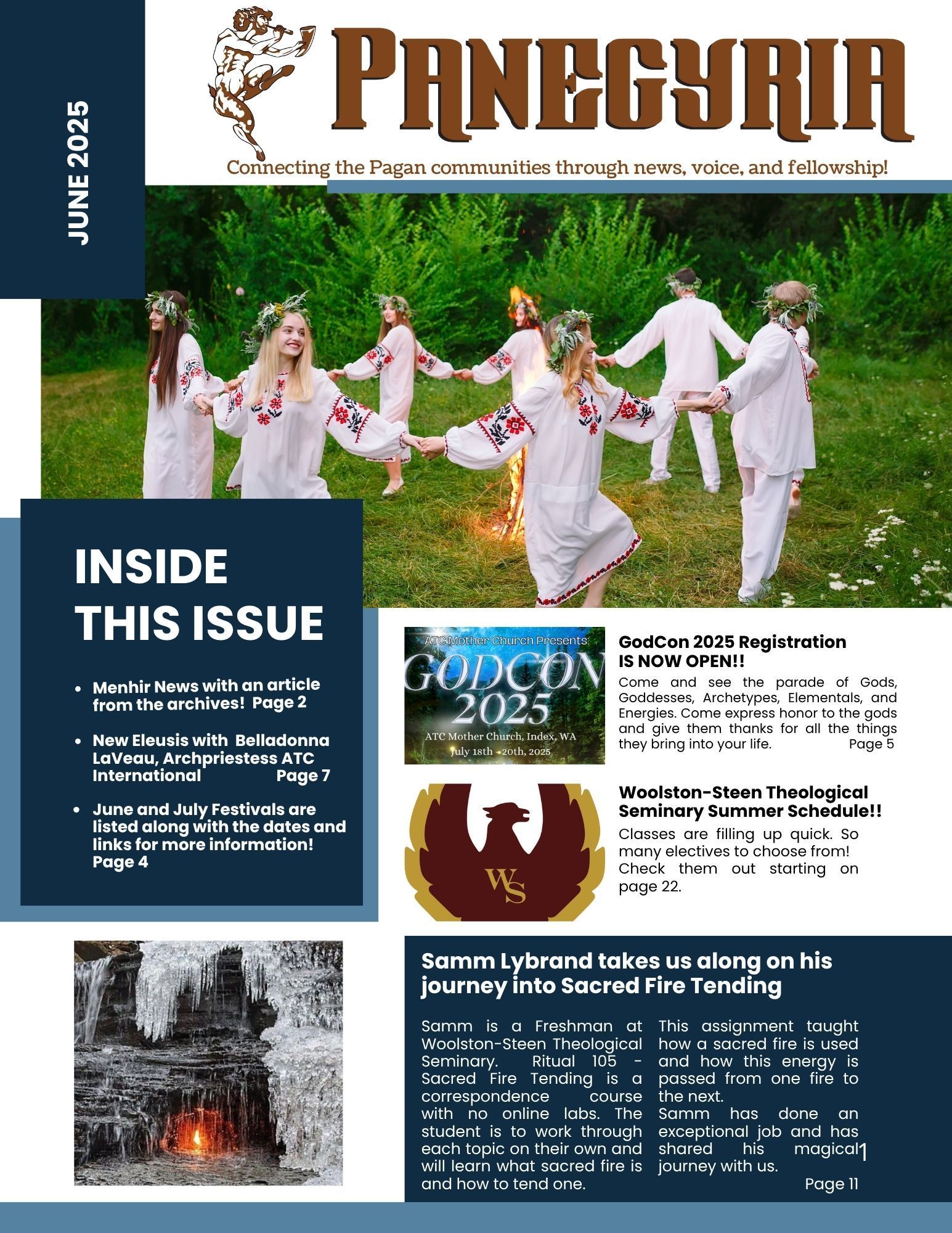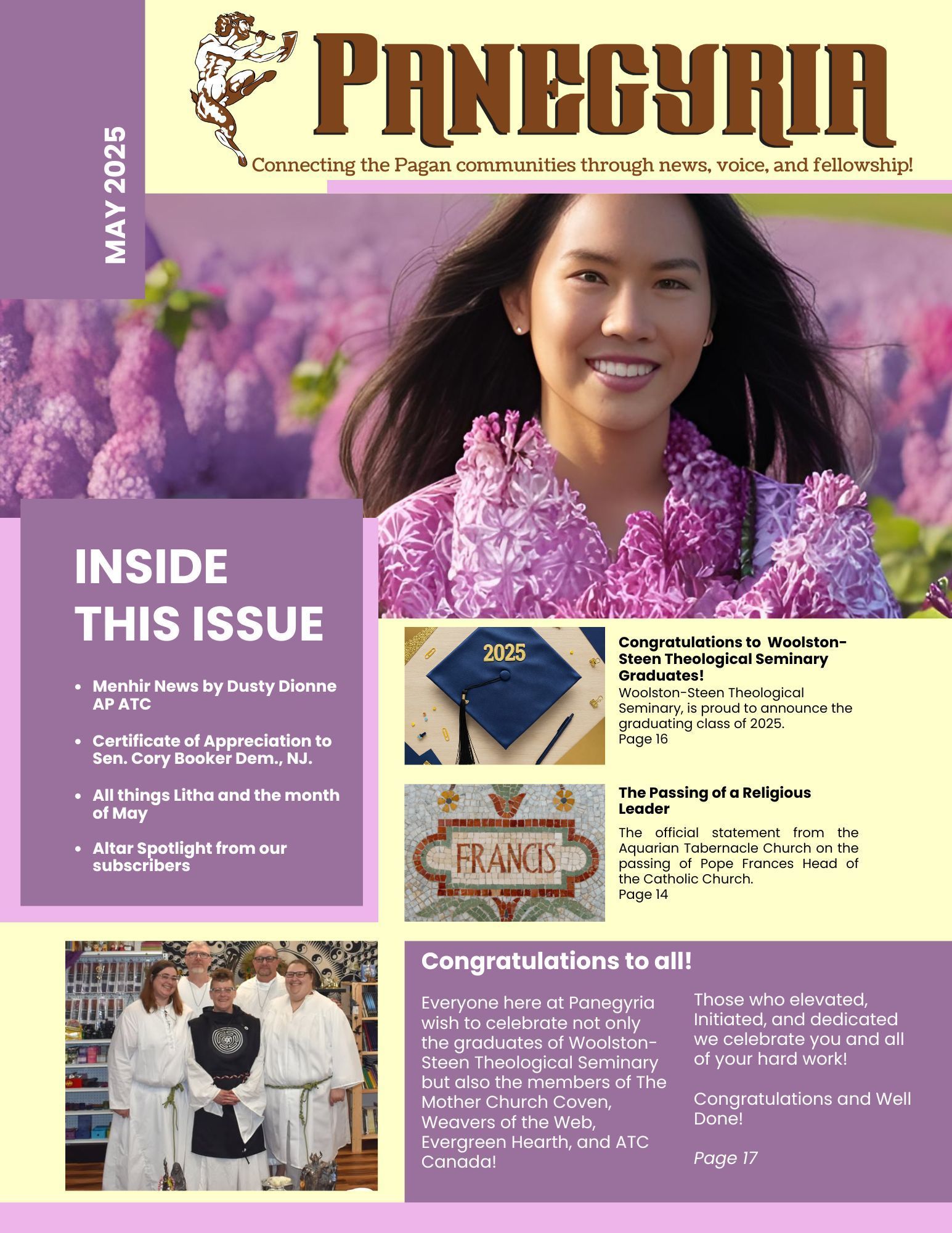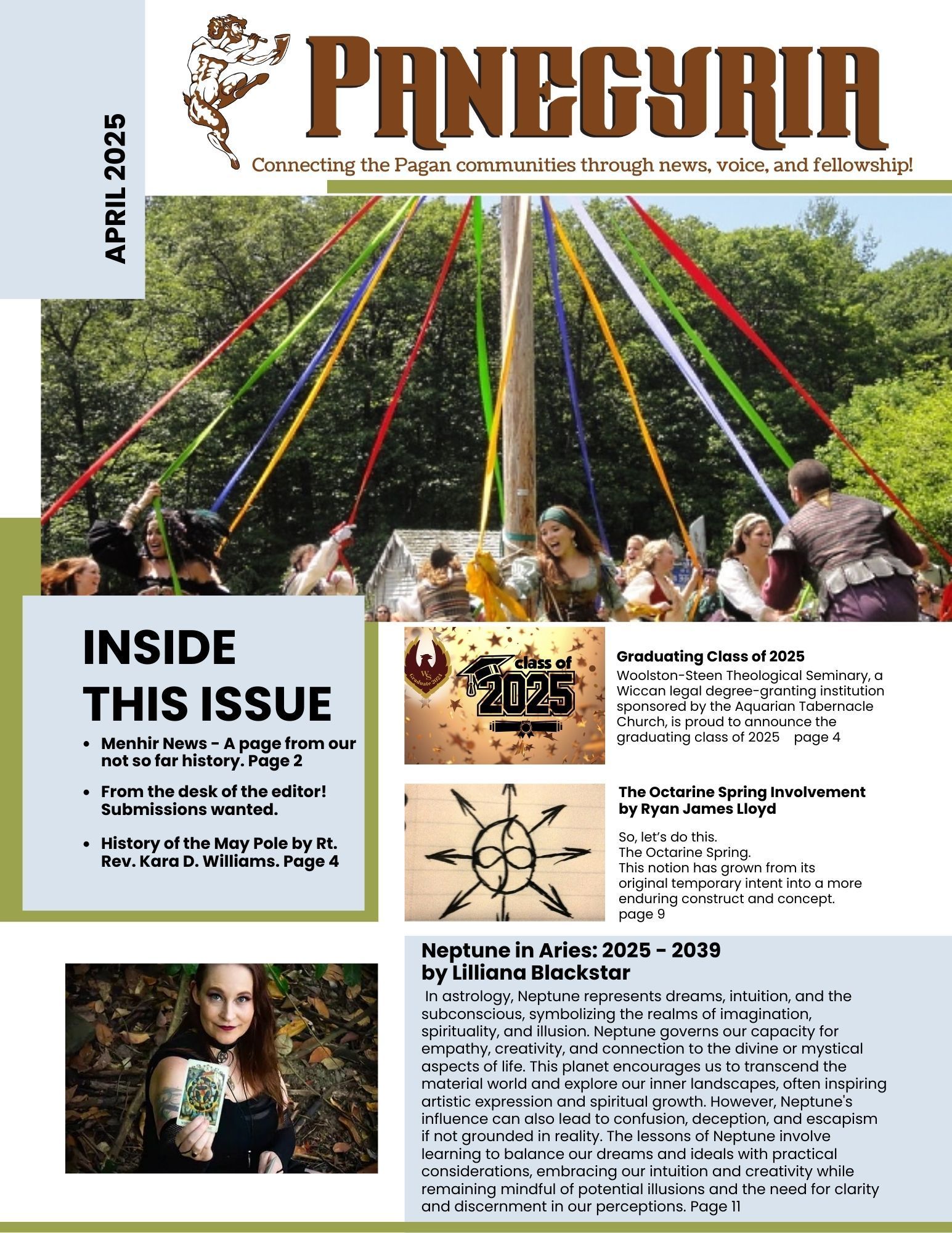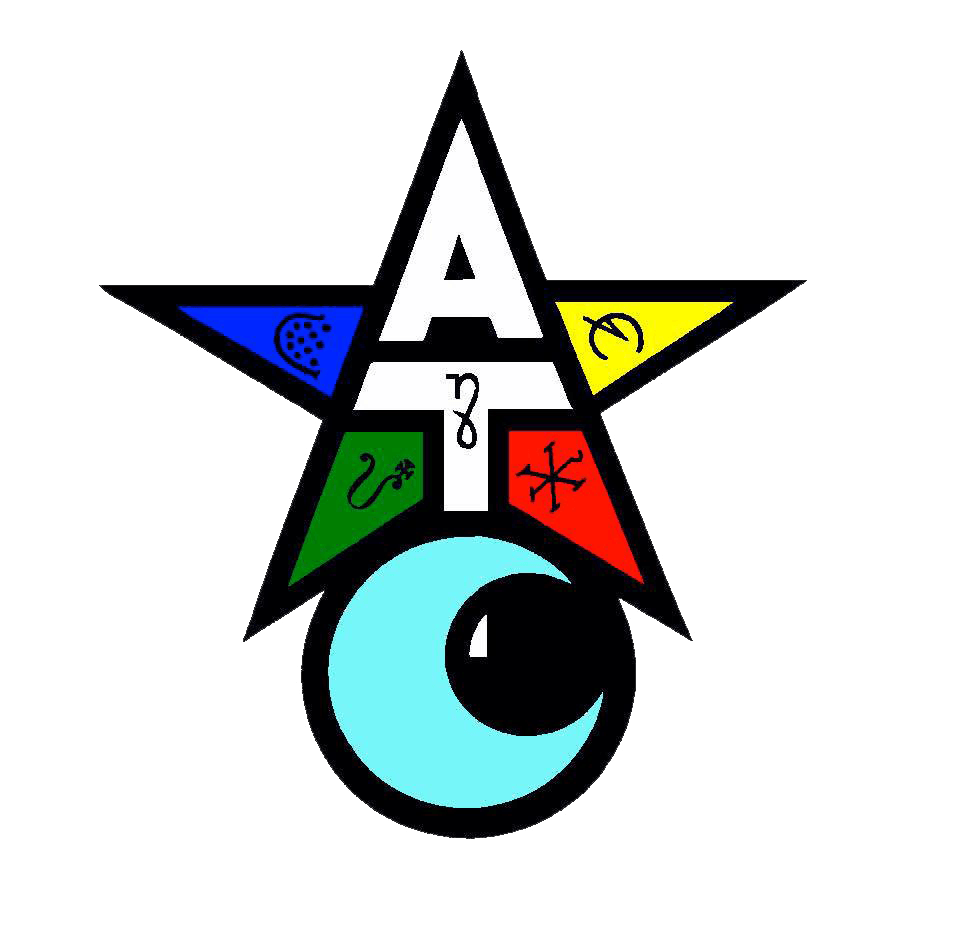Sarah's Witchy Book Bites Featuring Queering Your Craft: Witchcraft From the Margins
Sarah Rowan • July 3, 2021
Queering Your Craft: Witchcraft from the Margins
Hello there! This is Sarah Rowan, the editor of Panegyria! I’m happy that you made it to this corner of the internet. I hope you are doing well. I know I am, especially after such a wonderful Pride Month. I’m here, I’m queer, and I’m bringing you a book review. A queer
book review in fact.
Being that this is my first review here on Panegyria, I’d like to briefly go over my format before I get in too deep. I will be picking one modern witchcraft book each month to read and review. By “modern,” I mean “published after 1990.” This is because witchcraft, and Wicca, have progressed so much since Gerald Gardner’s days and you won’t be able to see that progress if you just stick with the classics. They’re good and there’s a reason they’re still around, but they’re dated and not as inclusive as some more recent works.
With that being said, I also know that not everyone wants to read a lengthy review or they dislike spoilers, so I will be doing a general summary of the book, why I picked it, and picking out three things I loved about the book and three things I disliked or I consider areas of improvement. I will not be using a rating system as this is MY own take on the book, you may disagree with how I’d rate it.
For my first review, I chose Queering Your Craft: Witchcraft from the Margins
by Cassandra Snow. I picked this book because it was Pride Month and like any other member of the LGBTQIA+ community, I get super excited about ANYTHING inclusive around this time.
Queering Your Craft
is an introduction to witchcraft. Its focus is on how you can make your ritual space and your own personal practices more inclusive or more relevant to your own life if you identify as LGBTQIA+ or are differently abled as many of the more traditional books and rituals focus heavily on the gender binary and contain elements that someone who is not neurotypical or able bodied cannot do. Snow gives a primer on all the basic foundations of witchcraft, sabbats, intent, elements, etc. They also include a grimoire to get you started on your journey.
Full disclosure, I absolutely enjoyed this book and had a hard time finding things that I didn’t like.
Three Things I Loved About the Book.
1. When Snow says “inclusivity,” they mean it. It gives options for correspondences to use or ritual supplies so that a witch of any income level can do the spell work. They also included a subsection devoted to polyamorous lovers in the love section. Snow also decentered themself when talking about Black Indigenous People of Color (BIPOC). This is truly a book for EVERYONE.
2. The book was written in a way that even a more advanced witch could get something out of it. This was not a beginner book that repeated the same information in the same way as some other 101 books out there. It also helped that queerness in witchcraft is not normally a topic of witchy books. Thankfully, that’s changing.
3. There is a section of the grimoire devoted to hexes. Now, I’m not usually the one to go about harming other people, but I love having good self-defense spells in my toolbox. I don’t see hexes mentioned very often in the books I read, so I loved reading something out of the ordinary.
Three Things I Didn’t Like About the Book
1. I personally don’t like using “magick” instead of “magic” because I feel it’s too Thelemic and overly stylized for me.
2. Snow doesn’t go into as much detail into the Air stones as they did with the other elements.
3. I wish the correspondence appendix was much larger. I love information and want to know everything about every stone, herb, etc.
In conclusion, this is a must to have in your library, especially if you’re part of the LGBTQIA+ community. I also highly recommend this book if you are just started out in general. There are so few books that go into this much into depth about queer witchcraft right now and I am excited to read more from this author.

